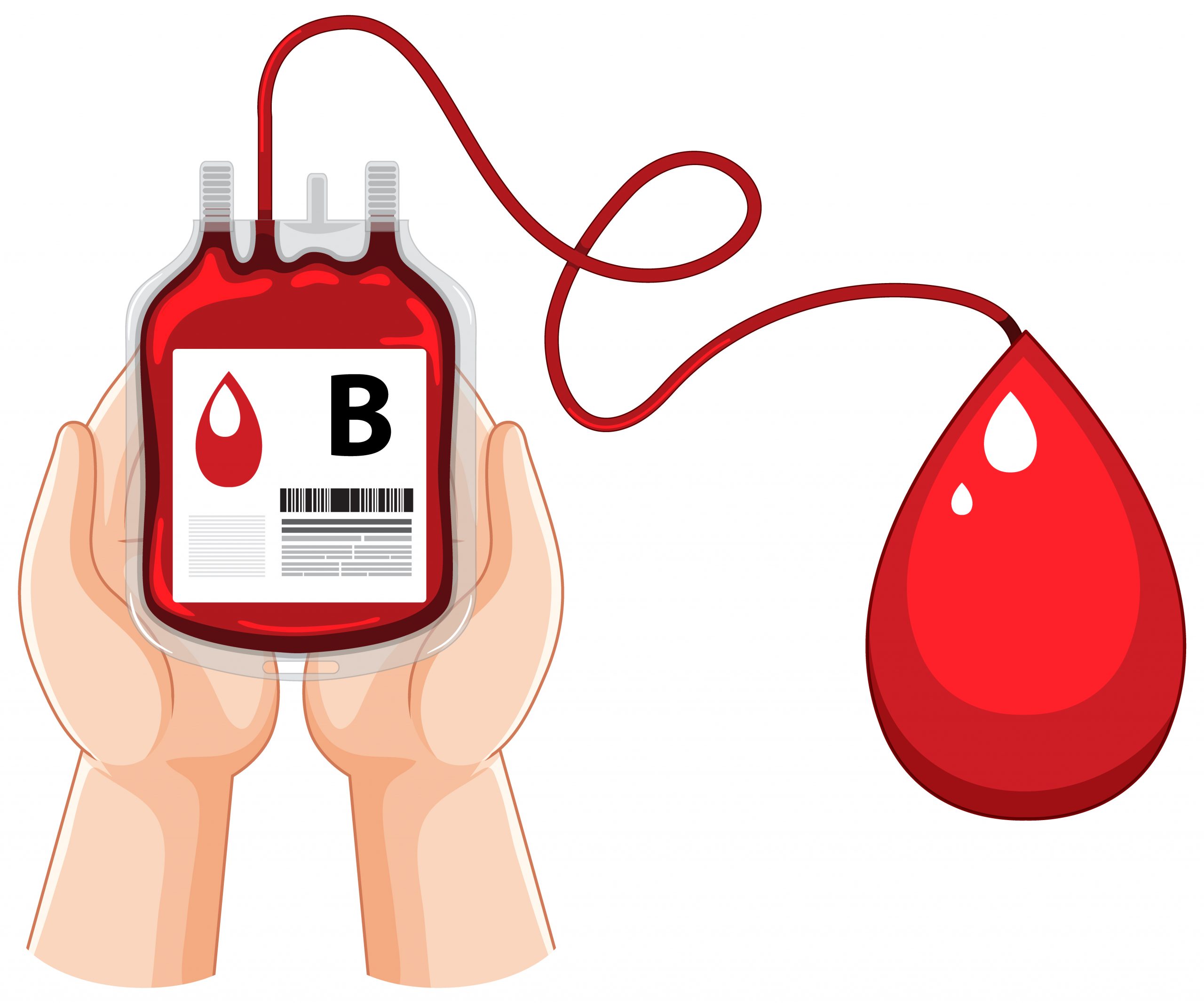

According to an interdisciplinary team of partners across the United States that includes leaders at the University of Minnesota Medical School, the new technology could transform present blood storage and quality monitoring techniques, enabling improved patient matching and outcomes during blood transfusions. The project, which was directed by scientists from Massachusetts General Hospital, was just published in the PNAS journal.
”Blood transfusion could be transformed by the technology we recommend,” said Susan M. Wolf, JD, a professor of law and medicine at the U of M Medical School and Law School and one of the article’s co-authors.
The current techniques for storing and monitoring blood can be improved with lab-on-a-chip technology and machine learning. This is accomplished by enabling more accurate measurements to evaluate the standard of blood units kept in storage and better match patients with blood units that are available for blood transfusions. The authors claim that very unwell patients, those requiring ongoing transfusions, and those undergoing major procedures may require these cutting-edge technologies in particular.
The report not only outlined a roadmap for suggested modifications to the current system, it also underlined the necessity of ongoing cooperation among scientists, engineers, ethicists, specialists in artificial intelligence, patients, and industry partners to improve current practices.
An interdisciplinary team working on the Engineering Research Center (ERC) for Advanced Technologies for the Preservation of Biological Systems (ATP-BioSM), which is supported by the National Science Foundation, wrote this PNAS publication.
“ATP-BioSM is proud to be part of this work that outlines the future of diagnostics in a blood product. This points the way for microfluidic technologies to improve the use of preserved cell therapy products for better patient outcomes,” said John Bischof, PhD, director of the ERC and the Institute for Engineering in Medicine.
The $26 million NSF grant funding for ATP-BioSM (EEC-1941543) and multiple NIH awards helped to fund this PNAS research in part. Bischof, Wolf, who also chairs the university’s Consortium on Law and Values in Health, Environment, and the Life Sciences, and David McKenna, MD, director of the medical school’s Division of Transfusion Medicine, are researchers from the University of Minnesota Medical School who have contributed to this groundbreaking work. At Massachusetts General Hospital, Ziya Isiksacan, PhD, and Osman Berk Usta, PhD, are the senior and primary authors of this article.
more recommended stories
 How Soybean Oil Impacts Weight Gain and Metabolism
How Soybean Oil Impacts Weight Gain and MetabolismWhy Soybean Oil May Affect Metabolism.
 New Malaria Prevention Insights From African Biostatistics
New Malaria Prevention Insights From African BiostatisticsHow New Data Is Reframing Malaria.
 Coffee and Cognitive Function: Evidence Review
Coffee and Cognitive Function: Evidence ReviewA new narrative review in Cureus.
 World Summit Outlines Core Principles for Healthy Longevity
World Summit Outlines Core Principles for Healthy LongevityWhy Healthy Longevity Demands a New.
 Colorectal Cancer Screening Rates Low in Adults 45–49
Colorectal Cancer Screening Rates Low in Adults 45–49Recent UCLA research reveals that colorectal.
 Gut Immune Cells and Long-Lasting Antiviral Protection.
Gut Immune Cells and Long-Lasting Antiviral Protection.Breakthrough Findings on How Gut Immune.
 Mild Pancreatic Duct Dilatation Signals Higher Cancer Risk
Mild Pancreatic Duct Dilatation Signals Higher Cancer RiskEarly Structural Changes Offer Critical Clues.
 How the Uterus Senses Force During Labor: New Insights
How the Uterus Senses Force During Labor: New InsightsA new study published in Science.
 Fat-Free Mass and Brain Outcomes in Preterm Babies
Fat-Free Mass and Brain Outcomes in Preterm BabiesEarly Fat-Free Mass May Hold the.
 How Hormones Shape Dopamine-Driven Learning
How Hormones Shape Dopamine-Driven LearningNYU Study on Hormones and Cognitive.

Leave a Comment